Top 4 Things to Know Before Buying Fragrant Indoor Plants
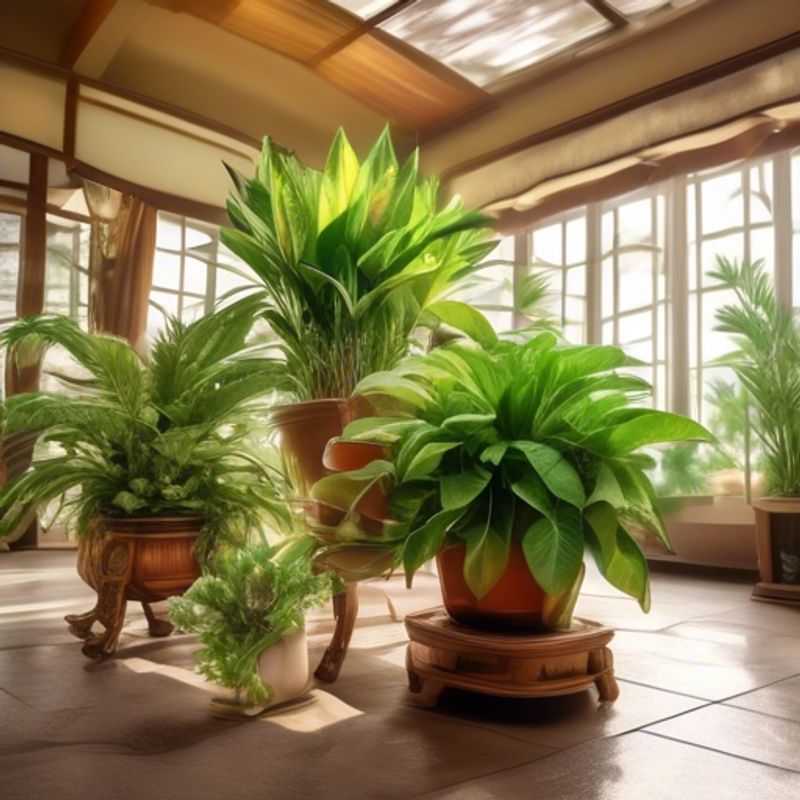
Top 4 Must-Knows Before Bringing Fragrant Indoor Plants Home: Lighting, Watering, Size, and Toxicity
Before you bring home a fragrant indoor plant to brighten your space and senses, there are a few key things to consider.
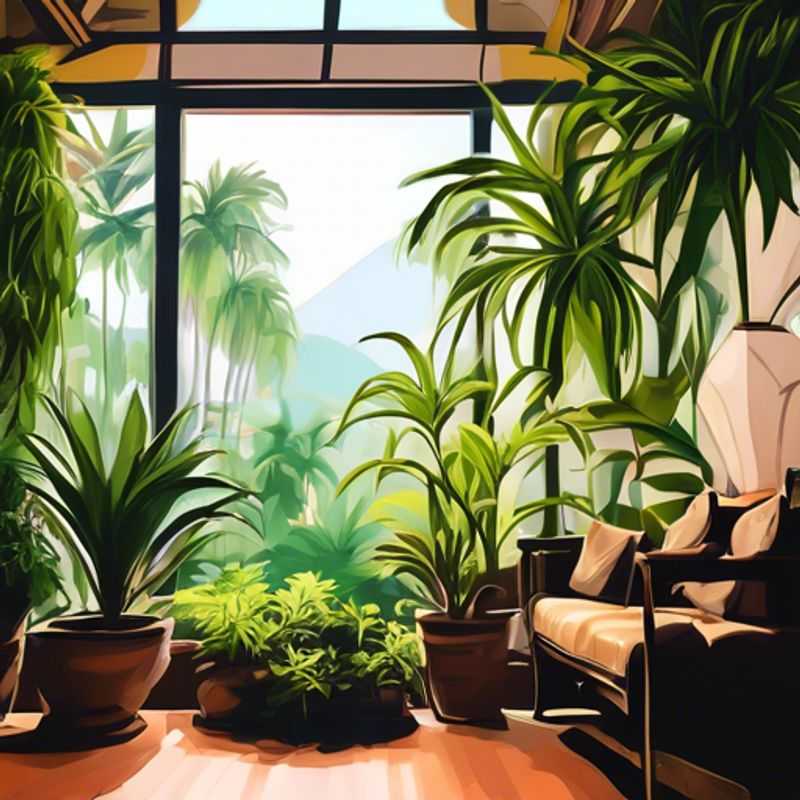
Indoor Plant Compatibility: Choosing the Right Greenery for Your Home
Choosing the right plant for your indoor environment is crucial for its survival and your enjoyment. The key factor is lighting. Different plants have different light requirements. Some thrive in bright, direct sunlight, while others prefer shady spots.
Before bringing a plant home, research its light needs. Consider the location in your house where you plan to place the plant. Natural light is best, but if you live in a low-light space, you may need to consider artificial lighting, such as grow lamps.
Pay attention to the size of the plant and its future growth potential. A small plant might fit nicely on a bookshelf now, but will it still be suitable as it grows bigger?
Water is another important factor. Plants require different amounts of water depending on their species and the surrounding environment. Overwatering can be just as harmful as underwatering.
Consider the temperature of your home. Some plants are sensitive to cold drafts, while others thrive in warmer environments.
Humidity can also be a factor, especially if you live in a dry climate. Certain plants need higher humidity levels. You may need to consider a humidifier or grouping plants together to create a microclimate.
Don't forget about pest control! Indoor plants are susceptible to common pests. Regular inspection and proper treatment can prevent infestations.
By taking the time to choose a plant that is well-suited to your home environment, you'll give it the best chance of thriving. And a healthy, happy plant will brighten your space for years to come!
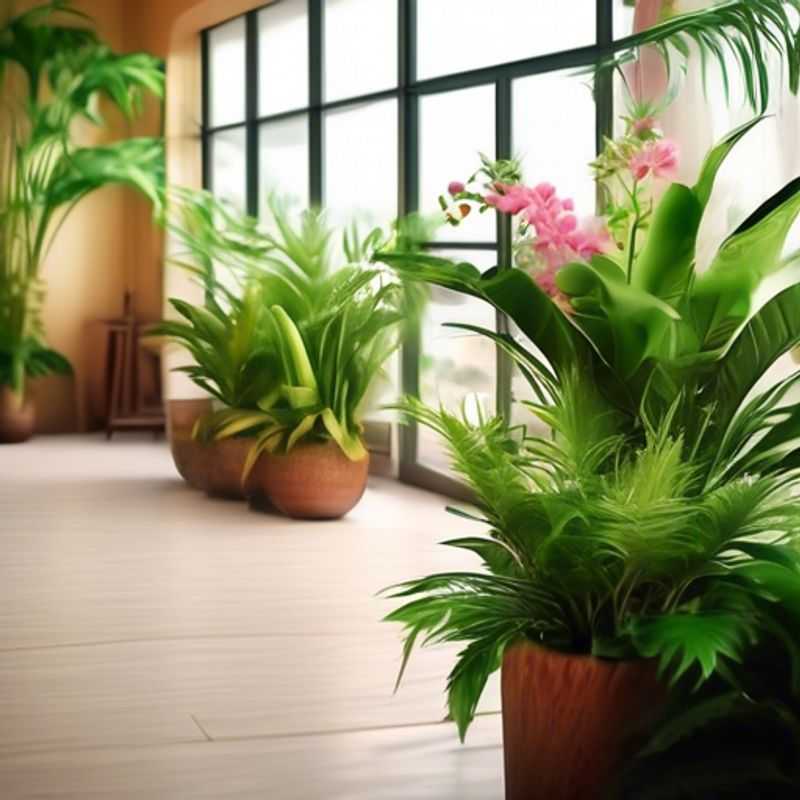
Watering and Humidity: A Guide to Happy and Thriving Plants
Understanding a plant's water and humidity needs is crucial for its health and longevity. Researching this information is a straightforward process, requiring some time, access to the internet, and potentially a small investment.
Firstly, identify the specific plant you're interested in. The name of the plant is key to starting your research.
Secondly, use online resources such as plant databases, websites, or gardening forums. Search for the plant name and "watering requirements" or "humidity needs." Many resources provide detailed information about specific species.
Thirdly, pay attention to the information provided in the resources. You'll typically find information on the frequency and amount of watering needed. Look for indicators like the plant's preference for dry or moist soil, signs of overwatering or underwatering, and the ideal humidity levels for the plant.
Fourthly, consider the specific environment where you intend to grow the plant. The humidity level and temperature of your home or garden can impact the plant's needs. Take note of factors such as air circulation, sunlight exposure, and the overall climate.
Lastly, use your observations. Pay close attention to your plant's visual cues. Observe changes in leaf color, drooping, or wilting, and adjust your watering and humidity management accordingly. Remember that research is ongoing, and every plant is unique. Be open to learning from your experiences and adapt your care routine accordingly.
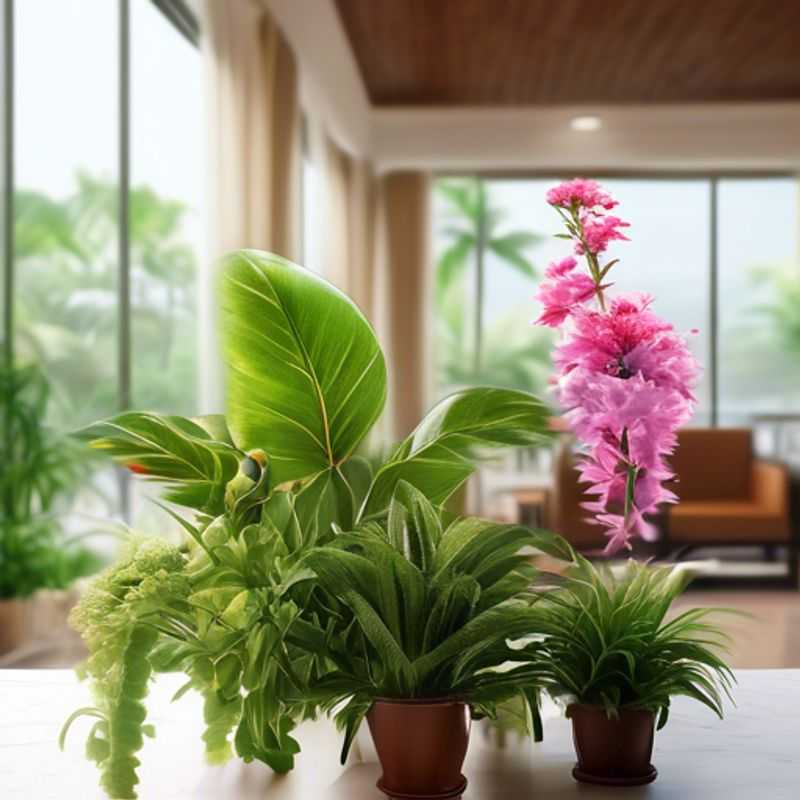
Planting for the Future: Choosing the Right Plants for Your Space
When planning your garden, it's crucial to consider the mature size of the plants you choose. This ensures they'll fit comfortably in their designated space and won't outgrow their allotted area. Failing to consider mature size can lead to overcrowding, root competition, and potentially even damage to your home's foundation.
To determine a plant's mature size, consult reputable sources like plant tags, online databases, or gardening books. They provide information about a plant's height, spread, and overall dimensions at maturity. Pay close attention to these measurements and compare them to the space you have available.
When planting, leave sufficient space around each plant to accommodate its eventual size. This allows for proper air circulation and sunlight penetration, vital for healthy growth. If you're unsure, it's always better to err on the side of caution and choose a smaller plant or consider a different location.
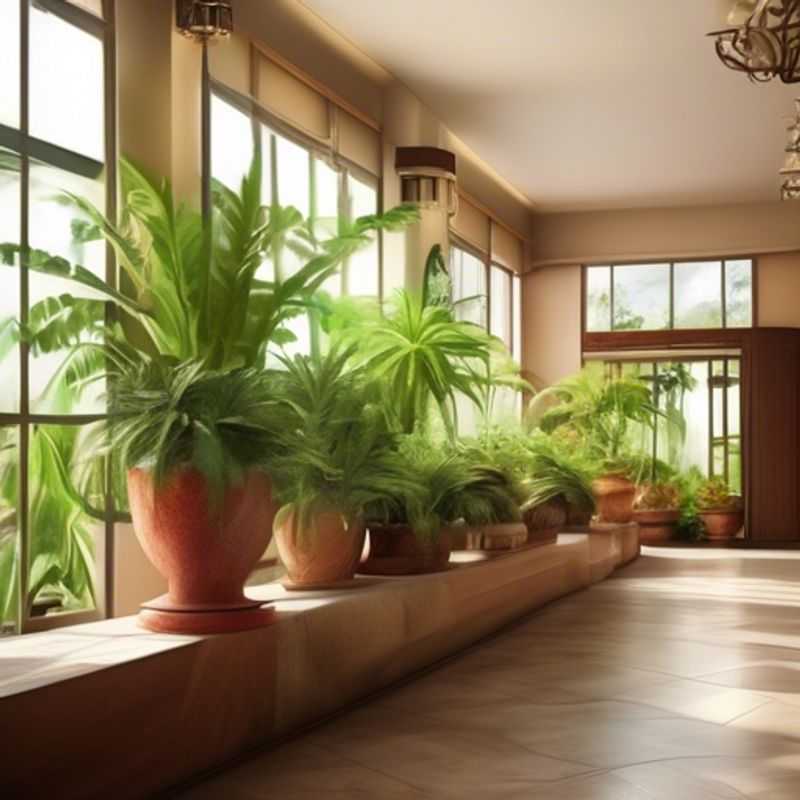
Pet Safety First: Checking for Toxicity in Your Home
Keeping your pets safe is a top priority, and that includes being aware of potential toxins in your home. Many common household items can be dangerous to pets if ingested, so it's crucial to be proactive. Knowing what's toxic and taking precautions is vital.
Here are some common culprits to watch out for:
Human Medications: Even seemingly harmless over-the-counter medications like pain relievers, cough syrups, and vitamins can be dangerous for pets. Keep all medications out of reach and dispose of them properly.
Cleaning Products: Many cleaning products contain chemicals that can be harmful to pets, including disinfectants, laundry detergent, and air fresheners. Store these products securely and always ensure the area is thoroughly cleaned and rinsed after use.
Food and Drinks: Certain foods like chocolate, grapes, onions, and raisins can be toxic to pets. Keep these items away from your furry friends. Additionally, alcohol and caffeine can also be dangerous.
Plants: Many common houseplants, like lilies, tulips, and poinsettias, are poisonous to pets. Research the plants in your home and ensure they are safe for your animal companions.
Insecticides and Pesticides: These products are designed to kill pests, and they can be extremely toxic to pets. Use them sparingly and always follow label instructions carefully.
If you suspect your pet has ingested a toxic substance, contact your veterinarian or the ASPCA Animal Poison Control Center immediately. Time is of the essence in treating potential poisonings.
